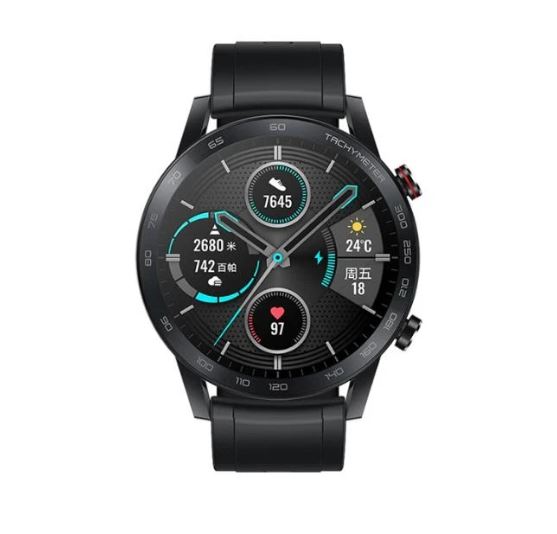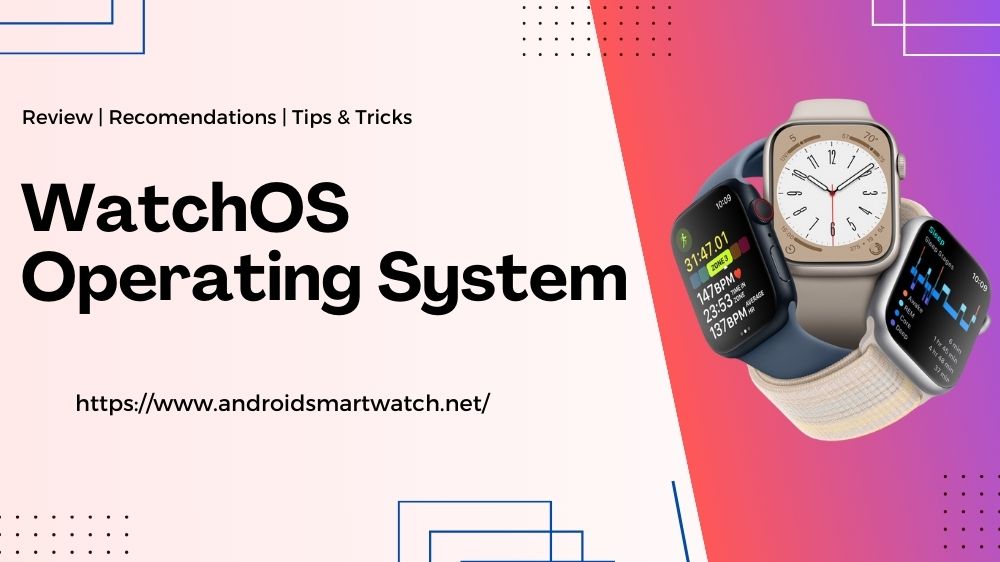Last Updated on April 15, 2024 by Oliver
watchOS is the smart brain behind the Apple Watch, turning it into a tiny computer that you can wear on your wrist. Created by Apple, the same company that makes iPhones, iPads, and Macs, watchOS brings a lot of cool features to your fingertips… or, more accurately, to your wrist. Let’s journey through the history of watchOS, explore its features, and weigh its pros and cons.
The History and Evolution of WatchOS
watchOS is the operating system developed by Apple Inc. for its Apple Watch line of smartwatches. Since its debut, watchOS has played a pivotal role in defining the smartwatch market, pushing the boundaries of wearable technology with its integration of health monitoring, communication, and application support. Here’s a detailed exploration of the journey of watchOS from its inception to its current state.
1. Introduction and Initial Release (2015)
Apple introduced the Apple Watch and watchOS in April 2015. As an extension of iOS, watchOS was designed to provide a seamless experience for Apple device users, incorporating features such as notifications, messaging, and Siri integration. The first version of watchOS emphasized personal communication, allowing users to send sketches, taps, and even their heartbeat to other Apple Watch users.
Key Features at Launch:
- Digital Touch communication.
- Glances for quick information access.
- Comprehensive Health and Fitness tracking, with heart rate monitoring and an activity app.
2. watchOS 2: Building on Foundations (2015)
Released just a few months after the original, watchOS 2 allowed greater capabilities for developers, including the ability to create native apps that run directly on the device rather than relying on a paired iPhone. This update significantly improved performance and opened new possibilities for app development.
Notable Additions in watchOS 2:
- Native Apps for better performance.
- Time Travel feature to view past and upcoming events.
- Nightstand Mode, turning the Apple Watch into a bedside clock.
3. watchOS 3: Enhanced Performance and Usability (2016)
With watchOS 3, Apple focused on enhancing speed and ease of use. The update introduced the Dock for quickly switching between apps, new watch faces with more complications, and a Breathe app to encourage users to perform short breathing exercises for better health.
Improvements in watchOS 3:
- Instant Launch for apps with improved memory management.
- SOS Feature to make emergency calls.
- Activity Sharing to compete with friends on fitness goals.
4. watchOS 4: Smarter and More Personalized (2017)
watchOS 4 included personalized Activity coaching, redesigned workout app, and new music and news apps. It also introduced GymKit, which allowed users to connect their watches with compatible gym equipment for more accurate data tracking.
Key Features of watchOS 4:
- Proactive Siri Watch Face that displays relevant information throughout the day.
- Heart Rate Alerts for elevated heart rate notifications.
- New Workout Types and auto-sets for pool swim workouts.
5. watchOS 5 and Beyond: Communication and Health (2018-Present)
From watchOS 5 onwards, Apple emphasized the Apple Watch’s role in health and communication. Subsequent updates have brought even more functionalities such as the Walkie-Talkie app, comprehensive health monitoring features like ECG and blood oxygen monitoring, and even fall detection.
Advancements in Recent Versions:
- ECG App in watchOS 5, allowing users to perform electrocardiograms.
- Cycle Tracking and Noise Monitoring in watchOS 6.
- Sleep Tracking and Handwashing Detection introduced in watchOS 7.
- Focus Mode and Better Integration with iOS in watchOS 8.
- New Workout Types and enhanced Customization Options in watchOS 9.
What Can WatchOS Do?
watchOS turns the Apple Watch into a mini wizard, doing all sorts of magic tricks:
- Notifications: It lets you see who’s calling or texting and even read messages right from your watch.
- Fitness Tracking: It keeps track of how much you move, how well you sleep, and even reminds you to stand up if you’ve been sitting too long.
- Health Monitoring: It can check your heart rate, help you breathe more calmly, and even call for help if you fall and can’t get up.
- Apple Pay: Just like waving a magic wand, you can pay for things by holding your watch near a payment terminal.
- Apps: There are tons of apps you can download, from weather updates to music, making your watch do almost anything you can think of.
The Magic of watchOS
There are many reasons why people love their Apple Watches running watchOS:
Advantages:
- It’s Super Personal: You can change the watch face to show what’s important to you, like your calendar, the weather, or your fitness goals.
- Great for Health: It has lots of features to help you stay healthy and fit, and it keeps getting better at this with every update.
- Works Well with iPhone: If you have an iPhone, your watch and phone are like best friends, working together seamlessly.
- High-Quality Apps: Since it’s made by Apple, there’s a strict check on quality, so apps and features work really smoothly.
The Challenges of watchOS
Even though watchOS is packed with features, there are a few areas where it could be even better:
Disadvantages:
- Battery Life: Because it does so much, you usually need to charge it every day.
- Price: The Apple Watch is more expensive than some other smartwatches, especially if you want the latest model.
- Works Only with iPhone: Unlike some other smartwatches, if you don’t have an iPhone, you can’t use an Apple Watch.
- Can Be Overwhelming: With so many features and apps, it can sometimes feel like too much, especially if you’re looking for something simple.
The Adventure of watchOS Updates
One of the coolest things about watchOS is that it gets new powers every year with updates. Apple adds new features, makes it easier to use, and even makes it healthier for you. It’s like getting a brand new watch just by updating the software!
watchOS in Daily Life
People use watchOS for all sorts of things:
- Staying in touch with friends without always looking at their phone.
- Tracking workouts and seeing progress over time.
- Paying for a coffee without digging for a wallet or phone.
- Getting directions on a walk or reminding them about an appointment.
Final Words
watchOS has transformed the Apple Watch into more than just a watch. It’s a fitness coach, a health monitor, a way to stay connected, and so much more, all wrapped around your wrist. While it’s not perfect and can be pricey, its benefits like health features, seamless iPhone integration, and quality apps make it a favorite for many. Whether you’re already part of the Apple ecosystem or just looking for a smartwatch that does it all, watchOS offers a blend of features and quality that’s hard to beat. So, as watchOS continues to evolve, it’s exciting to think about what new magic tricks it will learn next!



